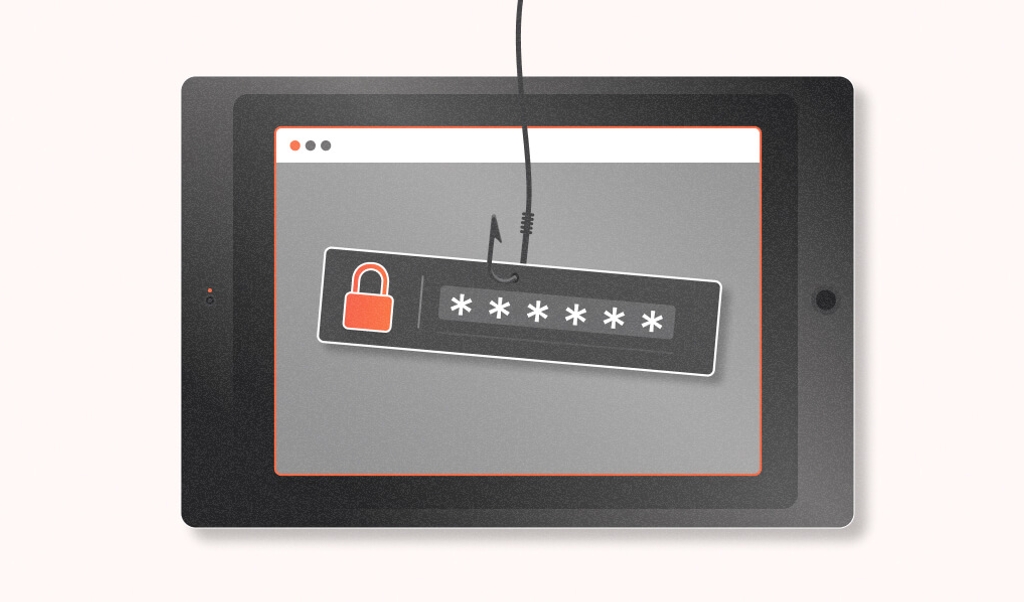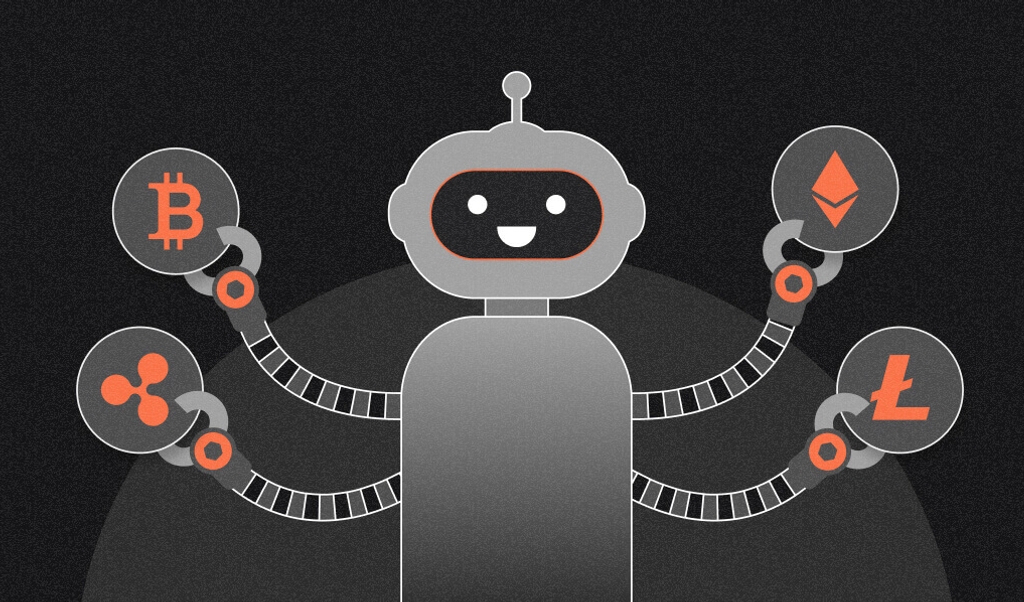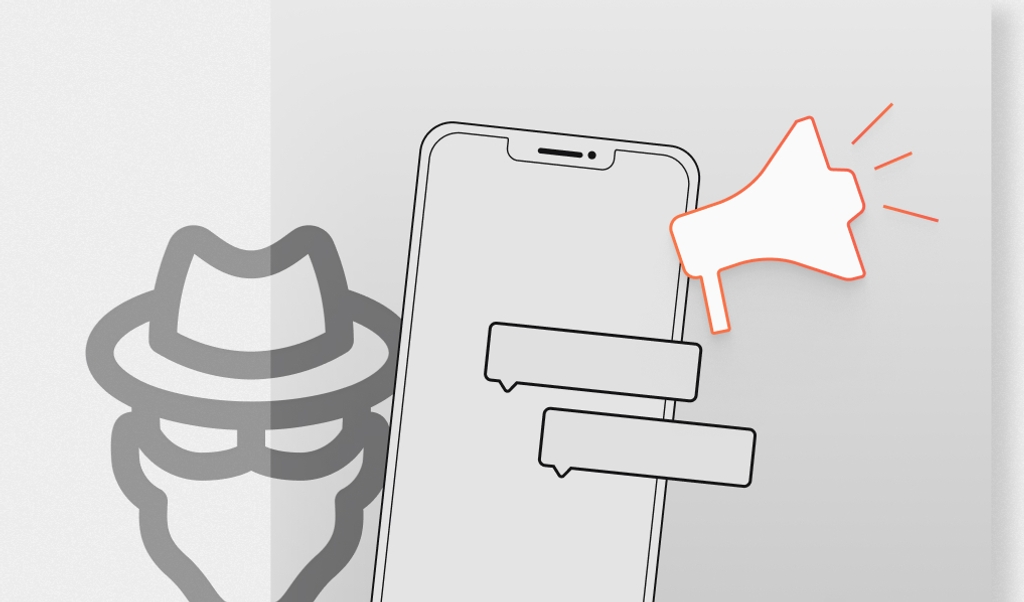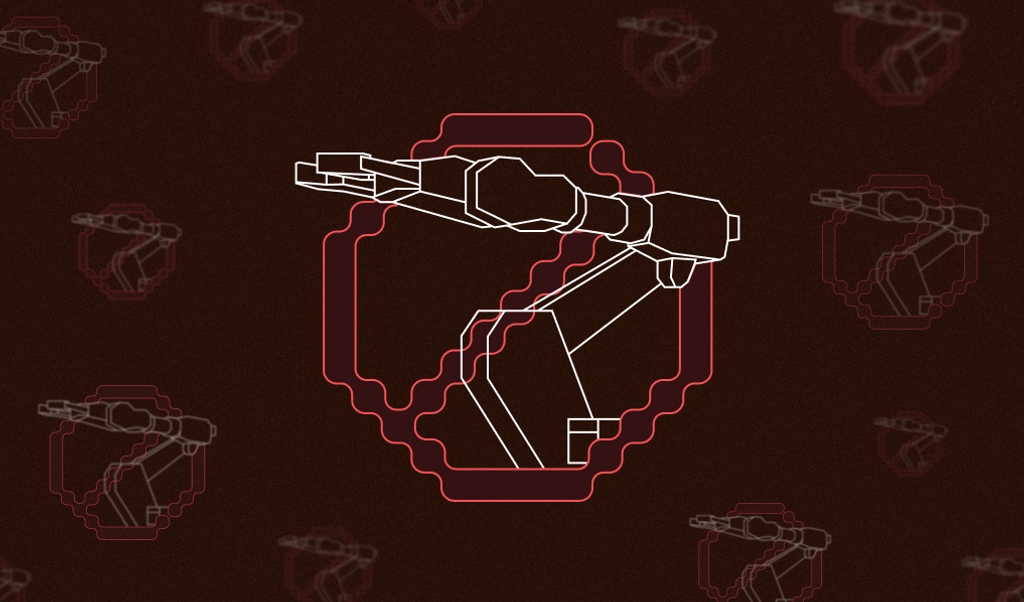With the meteoric rise of AI-generated written and visual content, some AI startups are finding themselves in trouble regarding where and how they scrape content from websites.
Website content scraping, or web scraping, is a method services use to extract data from many websites. While there are legitimate purposes for web scraping, such as data aggregation or price comparison (see our demo below for an example), it can also be used maliciously to copy content, steal data, or overload servers.
This article explains the concept of content scraping, how it happens, its negative impact on scraped websites, and how businesses can prevent it from happening on their websites.
What is Website Content Scraping?
Website content scraping is a technique where humans employ bots or web crawlers to extract information from websites. These bots, or crawlers, crawl through the website’s pages, reading and copying the site’s content, ranging from text to images, videos, and source code. These bots can be programmed to scrape specific parts of a website or the entire site.
How Does Content Scraping Work?
Content scraping can use several techniques, including HTML parsing, Data Mining, DOM Parsing, and more. The chosen method often depends on the complexity of the website and the type of scraped data. Usually, the technique simulates human web surfing to collect specific pieces of information from different websites, making it quite challenging for the scraped websites to detect it when it happens.
Why Does Content Scraping Occur?
Content scraping isn’t always malicious. However, it can become problematic when used for unethical purposes like plagiarism, data theft, or to gain a competitive edge. Some common reasons for content scraping are covered below.
Imitation is the sincerest form of flattery until it comes to copying content. Unfortunately, this is a common practice among some businesses and individuals, leading to plagiarism and copyright infringement issues. Datadome mentions that the most vulnerable industries for this are eCommerce sites and classified ad sites when web crawlers potentially target information such as product descriptions and pricing to use on a competing site.
Many companies use web scraping to collect large amounts of data for analysis, develop pricing reports, and offer more competitive pricing, such as with hotels or flights. Similarly, some businesses scrape their competitors’ websites to gain insights into their strategies, products, prices, etc. Lastly, some web scrapers find sales leads or conduct market research by scraping publicly available data sources.
Content Scraping’s Impact On Website Owners
Content scraping can have significant adverse effects on website owners. Some of these unfortunate impacts can include:
- Copyright Infringement: When your original content is copied without permission, it’s a clear violation of copyright laws and can be enforceable under law.
- Bandwidth Theft: Web scrapers consume bandwidth during each website visit, leading to slower loading times and higher hosting costs.
- Financial Loss: If your unique content or data is what attracts users to your site, having it copied and republished elsewhere can lead to a loss of traffic and, consequently, revenue.
- SEO Penalties: Search engines penalize sites with duplicate content. If your content is scraped and posted elsewhere, your search engine rankings could be harmed.
Preventing Content Scraping
It’s nearly impossible to prevent 100% of all content scraping attempts. Ultimately, your goal as a website owner is to increase the difficulty level for scrapers. Read more about our thoughts on data scraping in a recent interview with our co-founder and CEO, Dan Pinto, in CyberNews.
Preventing content scraping is essential to protecting your brand, reputation, and search engine rankings. Here are some tools and techniques to help prevent content scraping:
- Robots.txt: Your website should have a Robots.txt file. This file tells web robots which pages on your site should not be visited or crawled.
- Web Application Firewalls (WAF): WAFs can detect and block suspicious activity, including web scrapers.
- CAPTCHA: Implementing CAPTCHA tests can help determine whether a user is a human or a bot. While CAPTCHAs offer more protection than WAFs, they add friction during the user verification process for the typical website visitor that could affect conversion if not implemented effectively.
- IP Blocking: Block IP ranges, countries, and data centers known to host scrapers.
- User Behavior Analysis: Monitoring user behavior can help identify bots. For example, if a user visits hundreds of pages per minute, it’s likely a bot.
Using Device Intelligence to Prevent Content Scraping
Another highly accurate and effective way to prevent content scraping is implementing a device intelligence solution as part of your fraud detection and prevention strategies.
Our CEO Dan Pinto mentioned in his recent interview about using device intelligence for this because “device intelligence solutions collect browser data leaked by bots, such as errors, network overrides, browser attribute inconsistencies, and API (application programming interface) changes, to reliably distinguish real users from headless browsers, automation tools, and plugins commonly used for scraping.”
Additionally, you can test our solution against content scraping in a live demo. The demo utilizes our bot detection feature to identify and blog malicious bots and prevent data extraction from content scraping.



